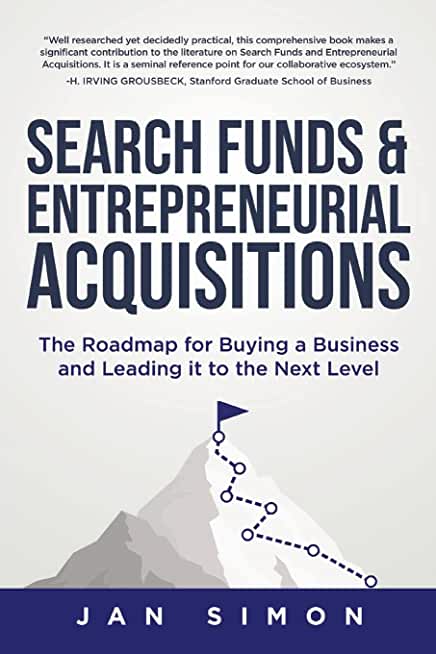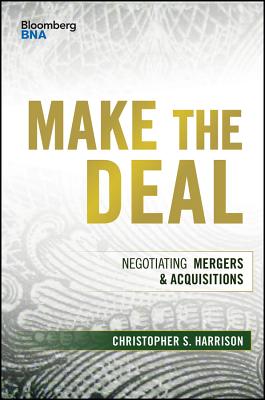
Publisher's Lunch
For three astonishing weeks in August, dozens of CEOs, literary agents, publishers and authors testified in court on how publishing and dealmaking works. Regardless of the final result of the antitrust case, the full account of what was said and revealed will stand as a singular window into the practices and personalities of trade publishing, including:
- In dealmaking, learn about the intricacies of auction practices-round robins; best bids; better-best-and the agents who think their competitive submissions are not auctions at all. Plus there's the softness of option books, the complexities of house bids (and when the rules are or are not followed), and even The Workaround, designed to keep one house bidding against itself even when everyone else has dropped out.
- In marketing, we hear about the thinness of early promises and plans, are introduced to the "glam budget," find out that the largest trade publisher spends only 2 percent of revenues on marketing, and more.
- New bidding pledges are floated, code names revealed (from Project Typeface to Silk), a very famous couple pursued an imprint deal, and new companies such as Zando, Spiegel & Grau and Astra are accorded much attention.
- Baseball references abound, as do jokes-and earnest debates-about who pays for lunch and what that means about the balance of power in publishing.
- Profit & Loss statements are explained-or dubbed "really fake"-as is the primary role of comps in setting the bar, and big-money deals and auctions are discussed at great length.
And throughout it all, the passion of publishing people and the unpredictability of the publishing business shines through.
member goods
listens & views

VERY BEST OF MTV UNPLUGGED ...
by VERY BEST OF MTV UNPLUGGED 2 / VARIOUS
COMPACT DISCout of stock
$16.99

EFECTO MOZART: MUSICA PARA BEBES ...
by EFECTO MOZART: MUSICA PARA BEBES 1 / VARIOUS
COMPACT DISC$15.25





